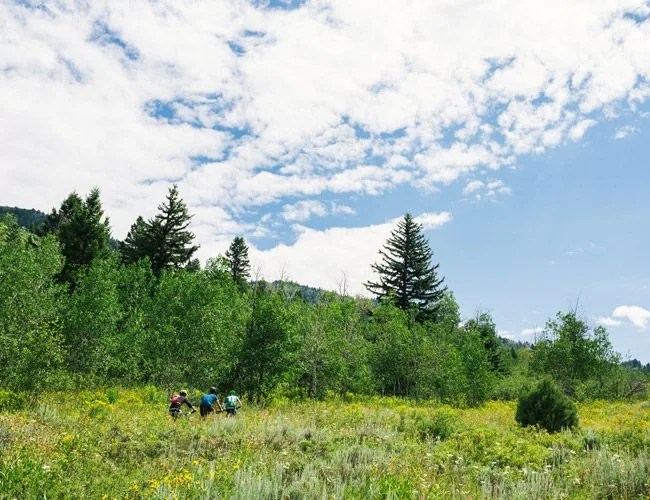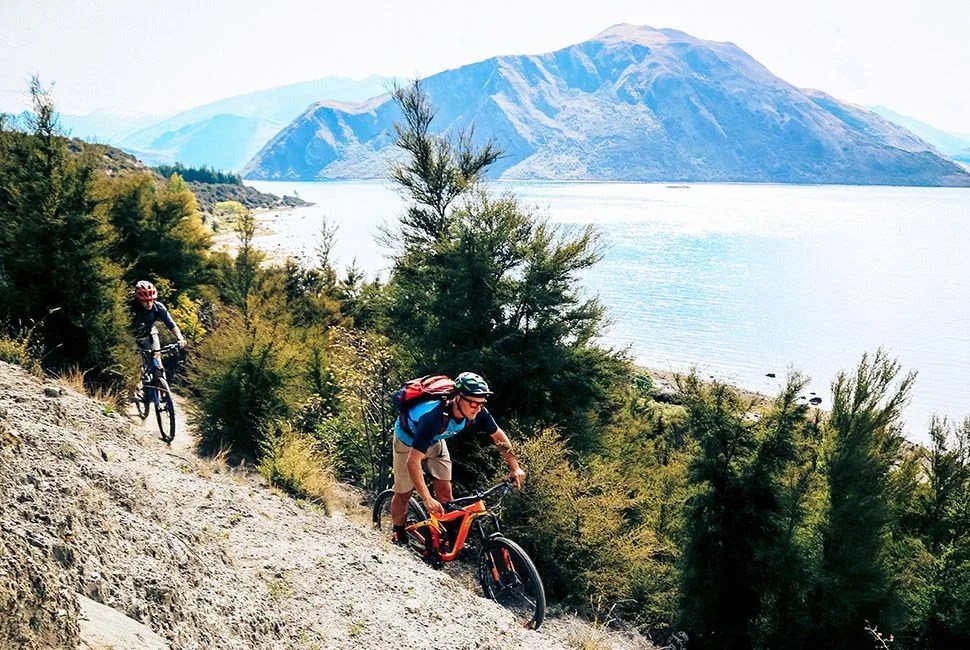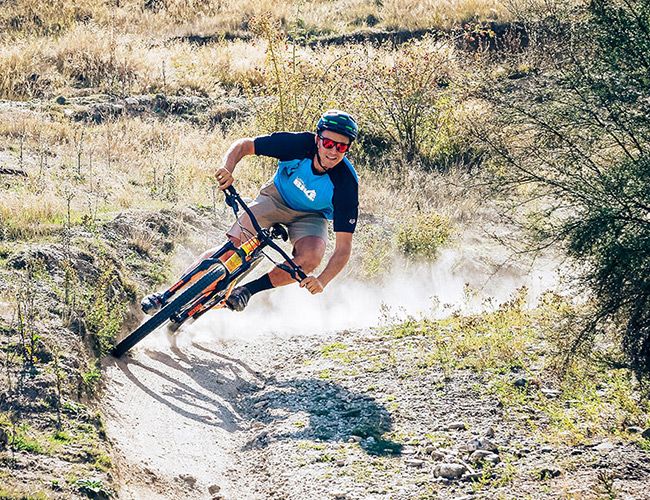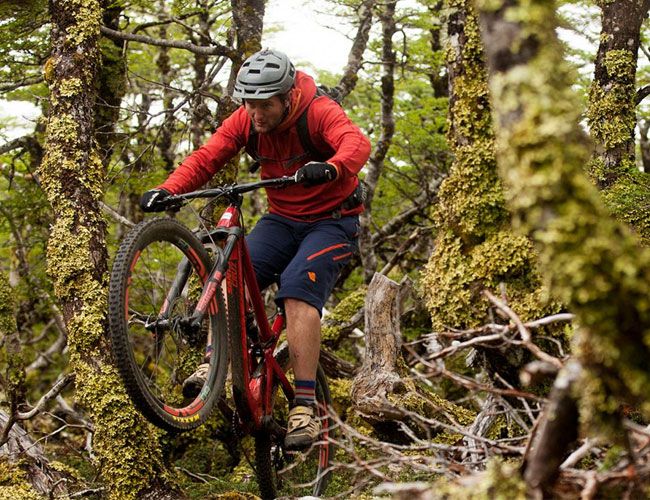Whether you’re threading through trees at near highway speeds, bouncing from berm to berm or cranking your way up the side of a mountain, your body should be physically prepared for the beating it takes while mountain biking. Mountain biking at any level requires just as much physical fitness as it does mental acuity. While there’s no substitute for building your skills on the bike, sometimes putting the bike on top of the car and heading out to the mountain isn’t always possible.
Ryan Leech, pro mountain bike instructor and graduate of both the West Coast School of Mountain Biking and the Canadian Mountain Bike Instructor Certification School suggests a few supplemental workouts to stay sharp when you’re off the bike. “These suggestions are potent, beneficial and accessible to most riders,” he says, “but they’re also based on the idea that riders want to ride for a long time and without pain, so a nice mix of cross training is important.”
Mobility
A Stable Spine Goes A Long Way




